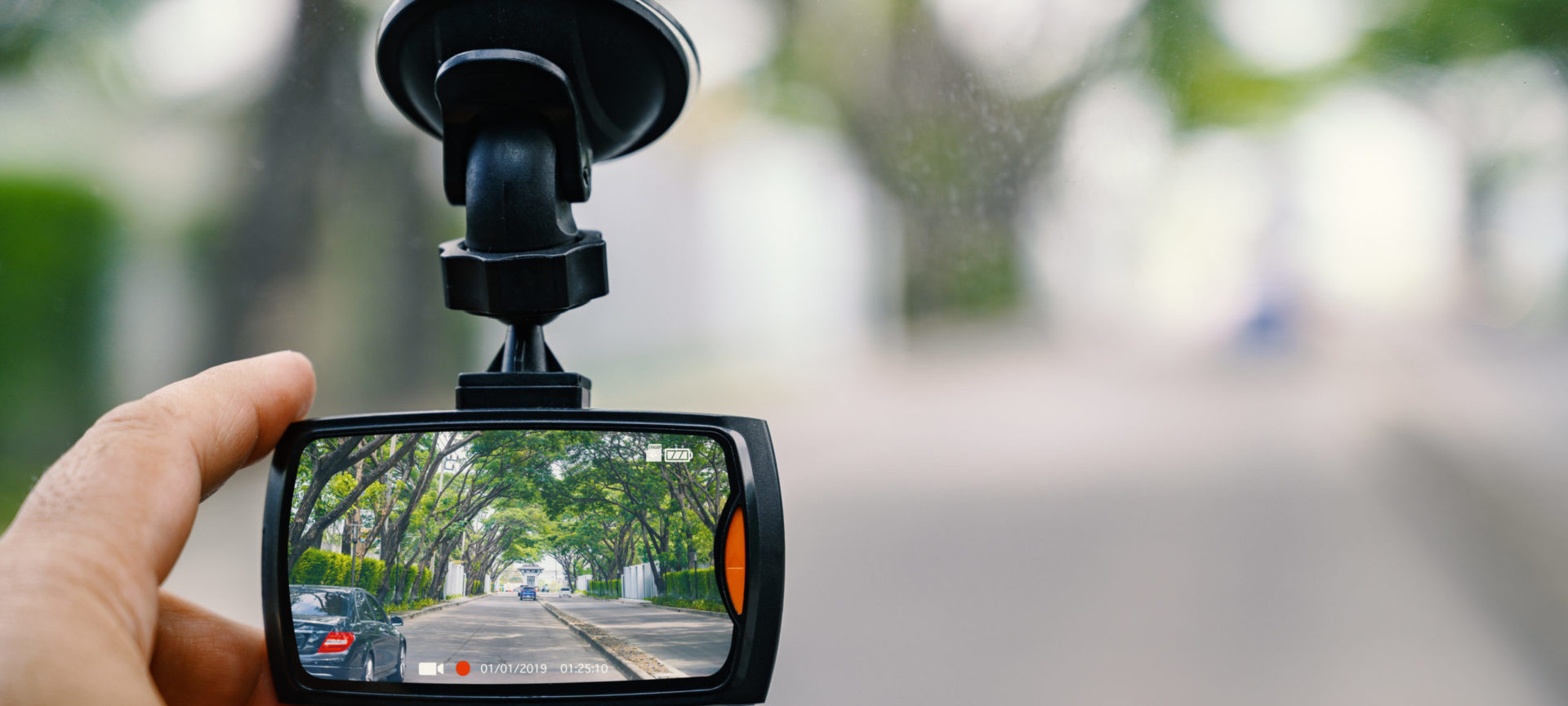A camera could prove you were driving safely and save you money.
Touch wood you’ll get through your first few months on the road without a crash. But as a young driver, whilst the risk is still small, you’ve a higher chance versus other road users in you having a mishap at some point. Even if it won’t necessarily be your fault, how do you prove the other driver was to blame?
A dash cam doesn’t take sides. By recording any incident, you’ll have evidence of your actions and those of the other driver or drivers involved. It’s a lot harder to argue with a video recording than somebody’s fallible memory of who did what.
Being in a crash can be stressful and intimidating, especially the first time. It’s easy to forget to write down details like the number plate of the other car. A dash cam will remember what you forget. And if the other driver sees you have a camera, they’re more likely to behave calmly as they know they are being filmed.
Not only can dash cams help you prove you were driving responsibly, they can make a worthwhile investment even if you never have an accident. That’s because many insurers offer a discount for drivers who use a camera, which can be as high as 30%. This could save far more than the cost of the dash cam, given that you can pick up good quality cameras from around £50.
What to look for in a dash cam
- Good quality footage
This has to be the top priority when choosing a camera. Grainy footage with blurry number plates is no use to anyone. You want to be able to read plates clearly and see how many people are in the car to guard against false whiplash claims. Expect cameras to record in 720p resolution which should be clear and detailed. More expensive cameras may offer 1080p resolution. It’s not just the resolution that’s important – a wide angle view will show more of what happens.
- Auto start-stop
You’d kick yourself if you had a crash and had forgotten to click ‘record’, wouldn’t you? That’s why most dash cams automatically start recording when you turn on the ignition.
- GPS positioning
A built-in GPS will confirm where an incident occurred and will show what speed you were travelling at – so don’t speed!
Sat nav – on the right road
It’s not easy to stay safe and find your way at the same time. Used responsibly, sat nav or a smartphone can really help.
Here’s how to use a sat nav responsibly
- Keep a clear view
Position your sat nav or phone carefully so it’s not obscuring your view
- Set the destination before your leave
If you’re in a rush, it’s tempting to set off and enter the destination as you go. This simply isn’t safe.
- Check the route
It’s easy to head to Farnborough in Kent when you meant to go to Farnborough in Hampshire. So before driving off make sure you are definitely heading where you want to go.
- Listen more than you look
Research by Royal Holloway University has found that the safest way to use a sat nav is to rely on verbal instructions rather than staring at the map on the screen
- You’re driving, not the sat nav
If a sat nav tells you to drive the wrong way up a one-way street, ignore it
- Keep your device up to date
Refresh the device’s mapping regularly to take account of new roads and changed layouts.
You can also use a smartphone as a sat nav, so long as it is securely mounted, does not block your view, and you don’t touch it while driving.


